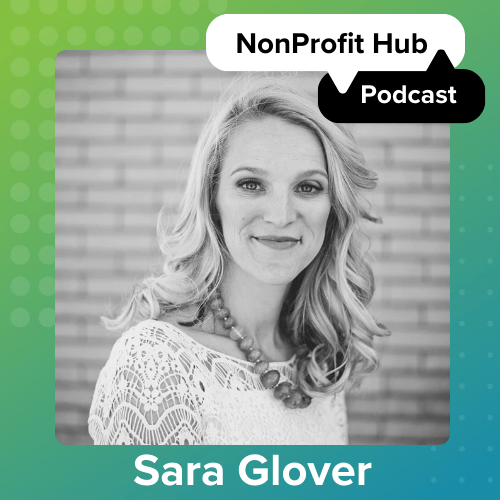Four boxes plus four letters can lead to a world of evaluations and productive discussion.
The SWOT analysis is one of the most basic tools for evaluations and planning and is used by organizations of every size and type. It is something you can breakout help with marketing campaign planning, personnel evaluation or even organization-wide strategic planning.
The setup of the SWOT analysis is quite simple as it examines positive/negative factors from an internal/external perspective. While the simplicity of a SWOT analysis makes it a valuable evaluation tool, it can also cause its misuse and downfall.
Before we dive into issues caused by a SWOT analysis, let’s do a quick recap of what goes into each of the quadrants. Remember that this analysis can be done for a person, project or company so the outcomes for each can be tailor for the subject.
- Strengths: What does you/your team/company do well. What advantage do you have over others?
- Weaknesses: What are your shortcomings? Where do other companies/people have an advantage over you?
- Opportunities: How can you exploit your advantages to succeed?
- Threats: What could cause problems for you?
Those questions might appear straightforward, but many times a SWOT analysis can be a waste of time because it isn’t done correctly. Here are some tips to help avoid some common pitfalls and make your SWOT more useful.
First, before you start, have every member of a team complete the SWOT on their own. You’ll get more ideas and it will make participation easier. If you are doing this for an individual, have all parties taking part in the review complete the form.
Avoid Generalities
As with any feedback, don’t fall into the habit of making sweeping generalizations. For example, don’t just say that your company has great communication. Instead identify why your communications are top notch: “The team leaders keep everyone informed of their current fundraising status and progression towards goals.”
Cause of the Strength/Weakness
Similar to the generalities, don’t just accept every comment at face value. If a weakness is that you are late delivering your quarterly newsletter, look deeper at the cause of the issue. Is that weakness caused by your choice of shipping carrier, the design team’s turnaround time, or the fact that your copy isn’t finished on deadline? By examining the root of each strength or weakness you will identify the strength/issue and use it going forward.
Discuss Discrepancies
The simple titles of the quadrants allow participants to interpret each term differently and determine how it applies to your organization. However, this can lead to disagreements about whether a trait is a weakness or an opportunity. These aren’t bad discussions to have as they will allow you to examine what is important to your organization and how to best utilize resources.
Use It–Action Plan
The most important part of the SWOT analysis actually begins once you are done with it. After comparing all of the strengths, weaknesses, opportunities and threats, use the analysis to help with your strategic planning. Whether that is done on an individual level or for a whole nonprofit, you can plan better how to capitalize on what you do well and address your shortcomings after completing a SWOT analysis.
No analysis tool is going to be 100 percent successful. Afterall, they are made to be generic so they apply to as many organizations as possible. If you focus on the details and continue the conversation started by SWOT, you will better utilize the tool and help push your organization forward.






